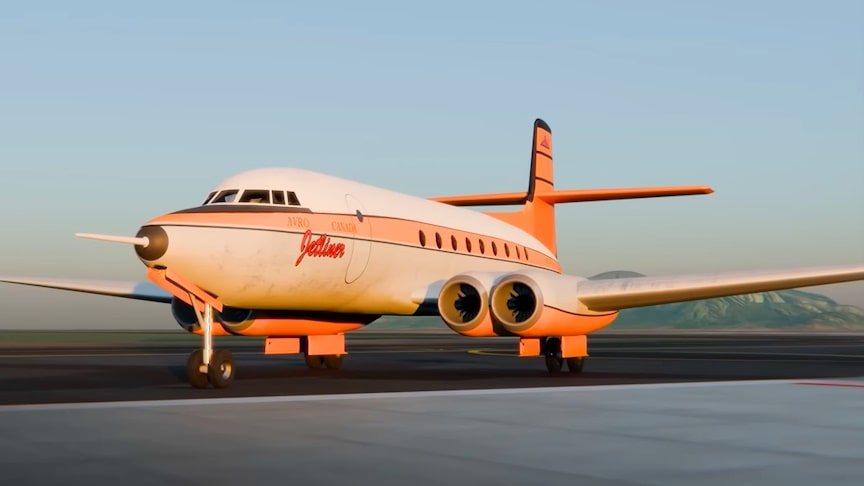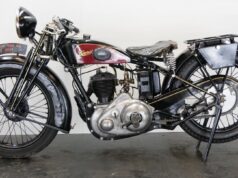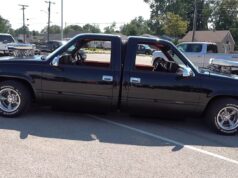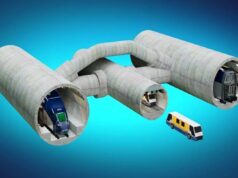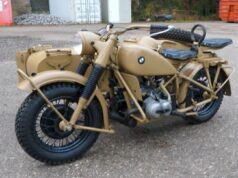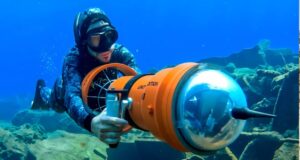The Avro Canada C102 Jetliner was a Canadian prototype medium-range turbojet-powered jet airliner designed and built by Avro Canada. Its name, “Jetliner”, was chosen as a shortening of the term “jet airliner”, a term which is still in popular usage for jet-powered passenger aircraft, it exceeding 800 km/h, and it was the first flight of a jet transport in North America, second in the world.
source.image: Found And Explained
- Capacity: payload 5,761 kg
- Length: 25.12 m
- Wingspan: 29.90 m
- Wing area: 101.9 m2
- Airfoil: root: NACA 23016.5
- Empty weight: 12,441 kg
- Gross weight: 24,948 kg
- Powerplant: 4 × Rolls-Royce Derwent V centrifugal-flow turbojet engines
The aircraft was scheduled to begin deliveries in May 1952, and enter service in October,[9] which would have given it a full six years headstart on the 707, which did not enter service until October 1958,[9] and more than 11 years on its top short-field competitor, the Boeing 727. Its short-field performance exceeded the Caravelles (with a comparable number of passengers).
Proposals exist for 30-, 40-, and 50-seat models, as well as 52- and 64-seat paratroop versions, high-altitude medical lab, photo reconnaissance, cargo, and crew trainer types. When the Rolls-Royce Avon AJ-65 engine was withdrawn from foreign markets by the British government, the design was modified to take four Derwent engines of higher weight and lower performance. The resulting design could no longer meet the operating range requirement of Trans-Canada Airlines. The sales prospects of the Jetliner floundered after the launch customer TCA withdrew from consideration of the four-engine variant.
Advertisement
The company was still attempting to get the CF-100 into production at the time and, consequently, the Canadian government cancelled any further work on the C102 due to Korean War priorities: C. D. Howe demanded the project be stopped to increase production of the CF-100,so the second C-102 prototype was scrapped in the plant in 1951, with the first relegated to photographic duties in the Flight Test Department. After a lengthy career as a camera platform and company “hack”, CF-EJD-X was broken up in 1956. The nose section now resides in the Canada Aviation Museum in Ottawa.

